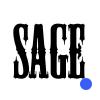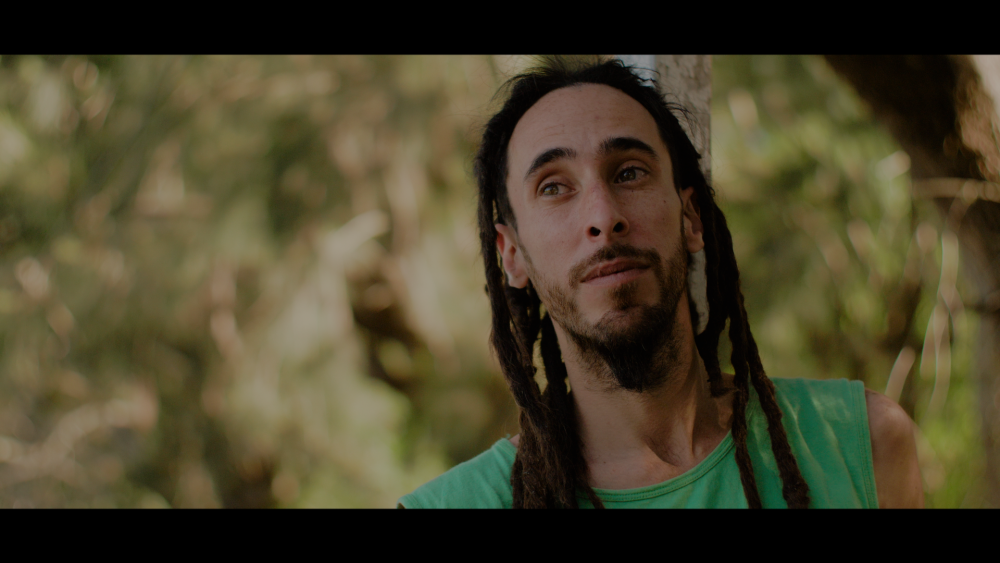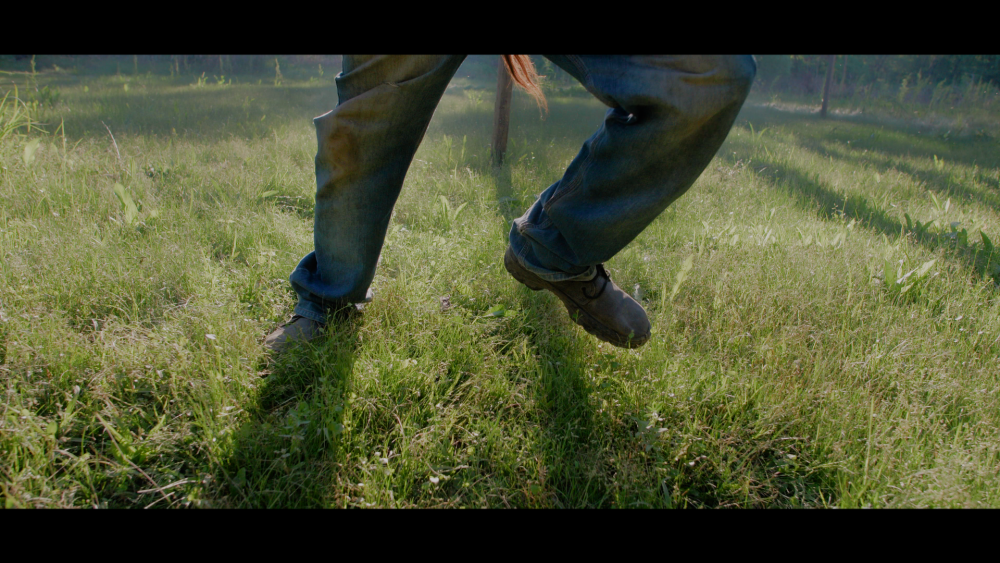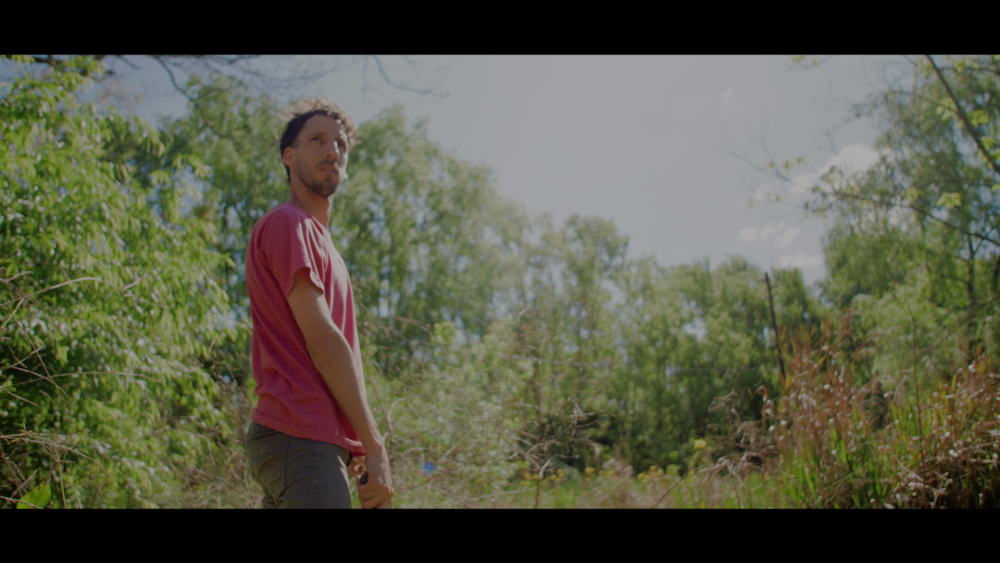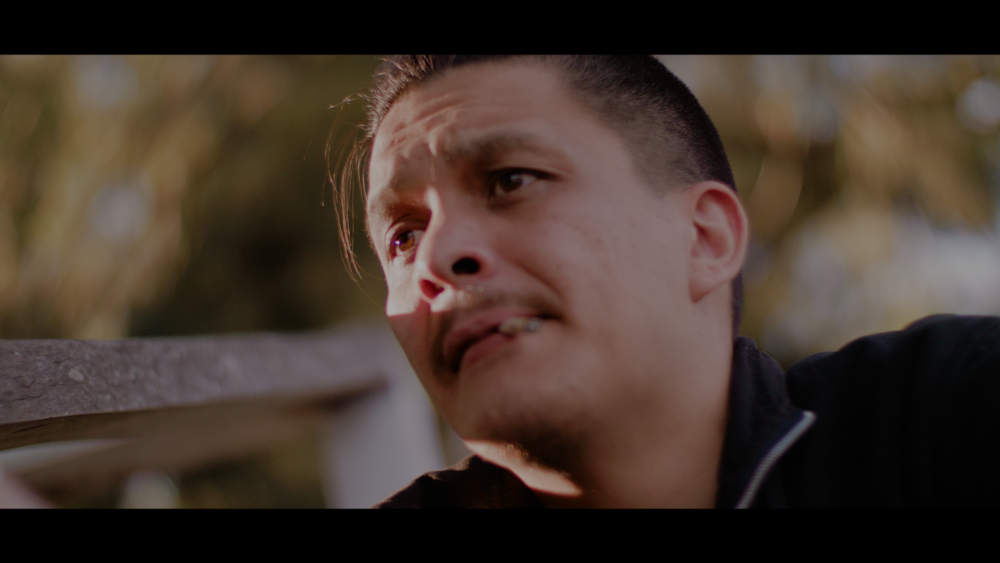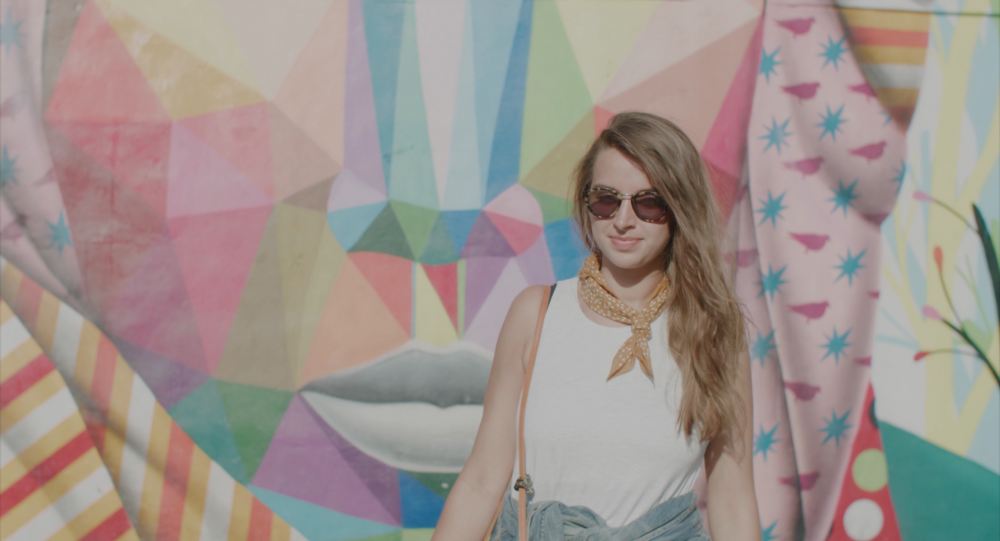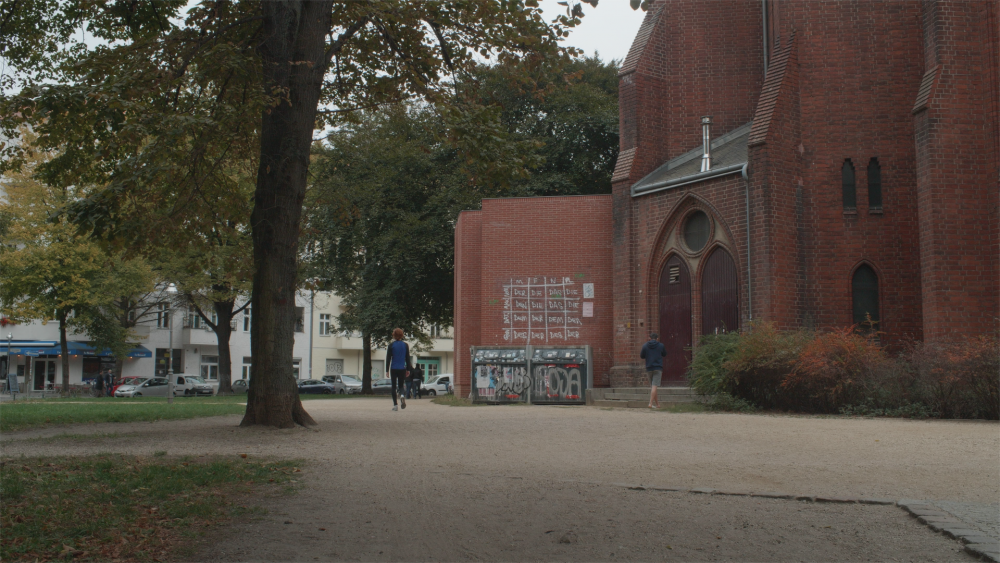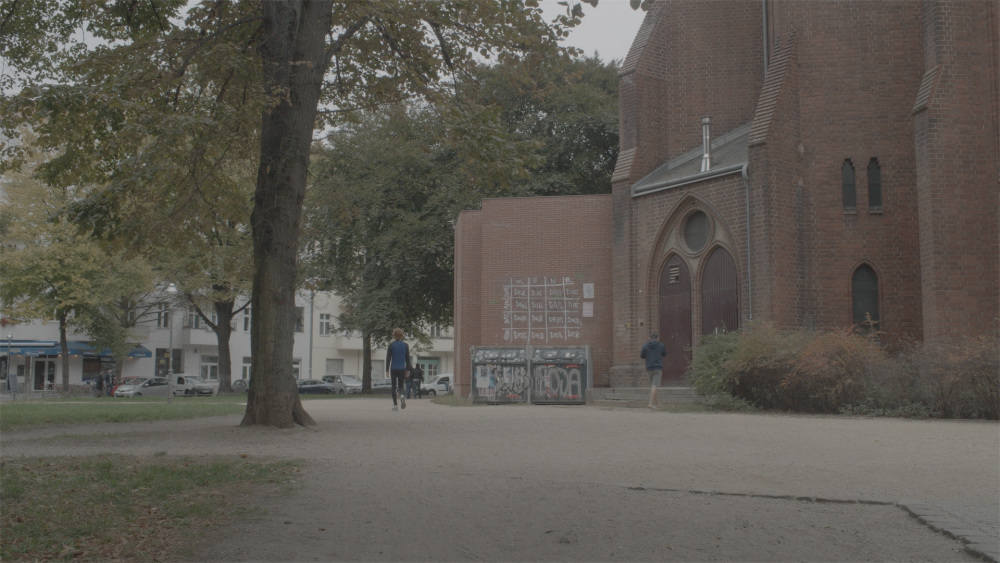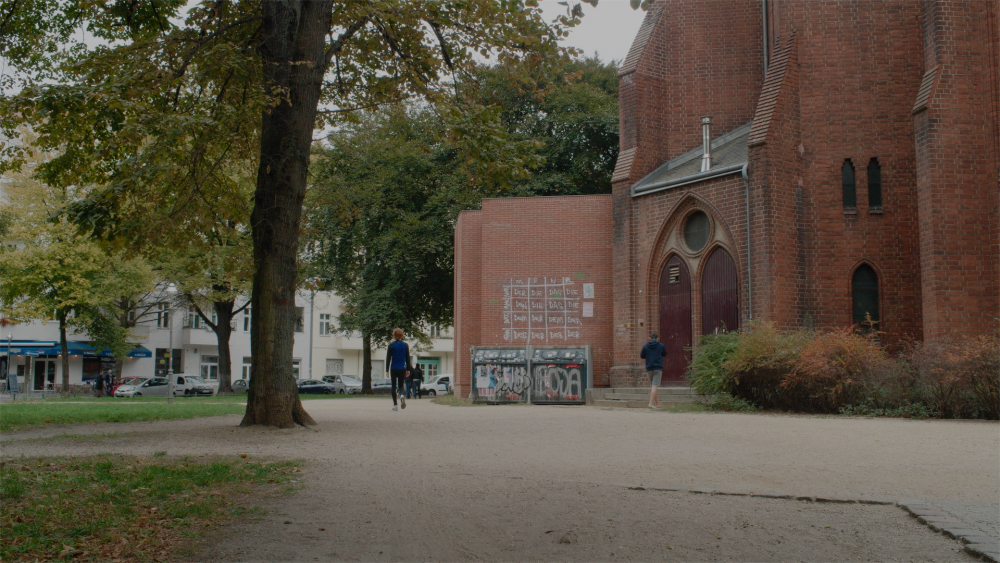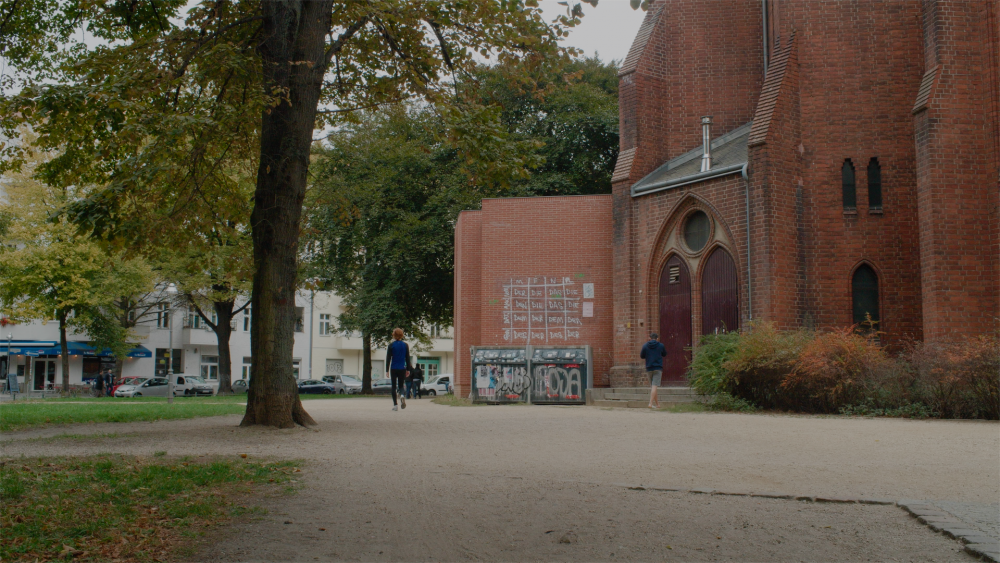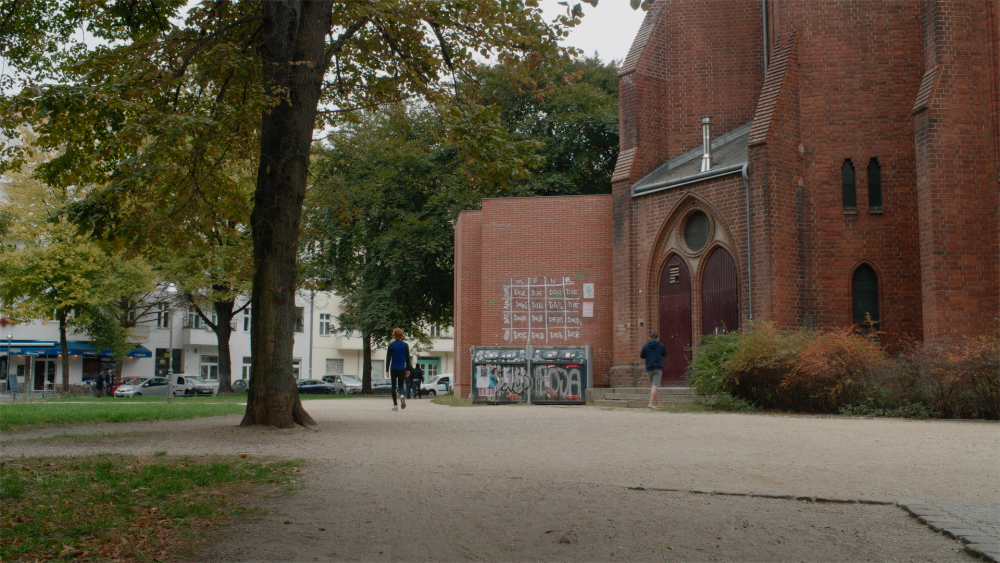-
Posts
659 -
Joined
-
Last visited
Content Type
Profiles
Forums
Articles
Everything posted by Sage
-
Did you give the 65x go ahead (in the email)? I'm presently inundated with V3 emails and stuck at work, but I will get up to speed later tonight* Looks stunning. I quite like the warm WB as well - I wonder if it might be matched with a correction following the neutral conversion?
-
Indeed, I'd like to write a guide for FCPX (I'll need to get something better than a Mac Air for it). I assume it doesn't have the unique color space distortions that Premiere does, but I haven't measured it (to make PREs) 65x65x65 is eight times the resolution of 33x33x33 (cubed). The files are ten times larger, and being a fan of efficiency, I wanted to stay with 33x. It gets 90% of the way there, and combined with tetrahedral interpolation (available in Resolve), it can be very smooth. I recoded the color engine to work at 65x (which cleanly downsamples to a cubed 33x), so that the calculation could be done at this finer resolution. But I tested the 65x files against 33x, and the accurate nuance and smoothness (especially in programs with trilinear interpolation, like Premiere) of 65x was simply better. It is subtle, but I decided that the trade off of 10x larger files was minor for those who wanted the utmost in quality (personally, I will only use 65x, but the 33x option is always there) @JeremyDulac Thank you Jeremy for the kind words! 65x all the way ;)
-
-
Sure thing, indeed the Pdf is a big step forward. I think you'll like V3 as well V3 has been in the works since July, and its a whole new ballpark
-
Ah, by Main I'm referring to the end in itself of Alexa color. If a film conversion route is the goal, the LogC variation is the way to go. Main is different from LogC+R709 - its much nicer. It has the R709 primaries built in, and a film styled envelope that is often associated with Alexa color.
-
Emotive Color Version 3 Core LogC Details - Rewrote engine to work at 65x65x65, main files are now at eight times resolution (supporting files processed at that resolution) - Fine tuned multi-pass/smoothing technique, to achieve absolute smoothness of final files - Introduced Averaging (averaging two separate measurements/conversions of a light source) - Corrected LogC rolloff artifact introduced with Verde - Corrected far magenta-red artifact Emotive Color Component Details - Remade EC component to incorporate new Arri primaries that were quietly revised this summer for Alexa LF release (much deeper, more accurate red placement in relation to blue/green, and subtle hue shifts throughout) - Incorporated 'Sat Lock-Out", like hue lock out, that is fully accurate to saturation distribution between relative hues of Arri RGB primaries (corrects excessive saturation of orange/yellow/green in highlights, and under-saturation of blue in shadows) - Significantly refined saturation model - Unified EC for both WBs (taking a que from Arri's single R709) [Tungsten has significantly more contrast, higher ideal exposure] - Smoother rolloff placement in EC component - Replaced Pop with Linear (no highlight shoulder, better alternative to Arri R709) - Remade all PREs with latest process (at 65, provided at 33) - much more accurate and smooth - Entirely new PDF (and supplemental waveforms) - Added Daylight Skintone SBS - Updated 'Always Already' with V3 (Download 'Original File' - *Avoid watching in Firefox)
-
Yes, to a large extent it will (though it will likely impact color rendition). GHa needs a neutral white balance to work. After the footage is converted, then it can be safely warmed as desired (and paired with a desat)
-
@DBounce Indeed; with great dynamic range cameras with quality 10 bit codecs, it is easy to overexpose using the practices that were ideal with more compressed, low DR cameras not long ago. Here, we have highlight range, alas, much like film, and shadows don't hide the kind of compression monsters of yore. Though underexposure is still to be avoided*
-
That's exactly right, that's what @Wild Ranger does often. That said, Main/Soft are almost always the best way to go, in my opinion (for Arri color), over the LogC route
-
You've got GHa, which includes the 'LogC' variation. This is different from color management in that it is a measured conversion that specifically matches the end result of GH5 color sci to the end result of Alexa color sci, capturing sensor and WB+light source results (just like the HLG to VLog). This is a lot more accurate in terms of color and rolloff. The subsequent film conversion, which would have been made to an Alexa end result, will be a lot more accurate as a result. LogC, in itself, is ideal for film conversions, because they have kept it rigorously defined since the camera's initial release, and companies tend to put their best efforts into supporting Arri, while other cameras are unsupported or roughly so. For example, Panasonic's VLog implementation shifts with each camera.
-
@kye That'll certainly do it; swap the VLog to LogC transform for GHa LogC in Mirekti's case. Big HLG to VLog update incoming.
-
Not yet - the ball is in Blackmagic's court, so to speak. It seems their release is quite delayed Both color and contrast, and diffusion is a fantastic idea - I recommend the fractional ones. With regards to WB, it needs to be set to the light coming in. If there is a warming filter, it will change the white point, and WB needs to be set (if WB is north of 4300K, use the Day conversion, and south, the Tun). The most 'automatic' approach, so to speak, is to use AWB, and make minor corrections in post per shot as need be. Its great to film a reference neutral white card for every scene, so that WB for the key light can be picked/confirmed in post.
-
@Wild Ranger Nice - can you share VLog stills (with the Pre if in Premiere)
-
No PRE is needed for raw VLog in Resolve A PRE is needed in Resolve for: HLG, Cine-D, and VLog wrapped in ProRes/DNX (or for wrapped VLog, 'data levels' can be set to Full/Data for the clip)
-
Love it man; also, I need to get this update out to you It can be used in Resolve, without the Vlog PRE needed in Premiere (walkthrough in the next Pdf)
-
@katlis Thanks so much for looking into this! Indeed, Premiere has completely arbitrary and distinct color renderings of every different format. To completely correct for it, I'll have to do new conversions separately for ProRes and DNX (soon as I've got the time) For the time being, I recommend either using Resolve for ProRes/DNX, or shooting All-I if you use Premiere. And All-I is fantastic (quite similar in spirit to ProRes/DNX)
-
@kye@TurboRat Daylight is probably preferable in that case - one can use daylight balanced bulbs (or gels) indoors, but the sun is always the sun Tungsten balanced bulbs with correct WB will be rendered greener with Daylight (very basic summary)
-
Yes, VLog is optimal, as the conversion to LogC was done directly for it; the gap for the others will be closing shortly. The data distribution will be a bit different, but the visual result the same* (one could think of the NLEs' color engines as being 32-bit floating point pass-throughs for the raw data distribution of the originating format) Yes, if its VLog in DNX (hides the unique flagging of VLog L for correct levels) it would need the ProRes PRE. Mezzanine formats (ProRes/DNX) are best avoided at the moment in Premiere, as PPro distorts the color space (ProRes confirmed). All-I achieves the same end in camera, in the case of the GH5 A new node, after the conversion node, for exp correction for sure (distinct routing)
-
As the XT3 is 10 bit, it has my attention
-
@kye Indeed, it would be either VLog, HLG, or Cine-D (with specific settings) 1 In post, a PRE matching the format of the footage (& NLE) is first applied 2 the WB is then corrected with the dedicated WB temp/tint tools of the NLE (exposure wouldn't be corrected here, as it will impact the accuracy of the conversion) 3 Then the conversion is applied, followed by the grade/correction for under/over exposure
-
I'd like to get a hold of a Fuji - I wonder if they'll be bringing IBIS into the mix
-
I'm looking into possibly bringing EC to the P4K; in that case, I'll be able to do just that. The two with EC will have identical color (under daylight or tungsten), because at the core is a measured LogC color science conversion (in contrast with a look). Additionally, I may do conversions to go between the P4K and the GH5, to make them interchangeable.
-
Sure, here you go - these are the raw conversions (last is the default V35 look-up for reference) LogC Soft Main Linear Varicam
-
Indeed, its the classic Quicktime Apple/Windows gamma conflict. Apple has discontinued support for Quicktime; VLC is an optimal player for its efficiency and simplicity. To test the handling of exported files by Vimeo/Youtube, upload the file, and choose 'Private' for the video's visibility as it uploads.
-
Sure, the key being to get WB right in cam, and use the matching light source conversion. Because mistakes invariably happen in the field, I'd recommend simultaneously recording a Log fall back I heard something to the effect that the P4K would do this. I'm curious if that's the case (might add something like an 'inverse conversion' for regular use)


